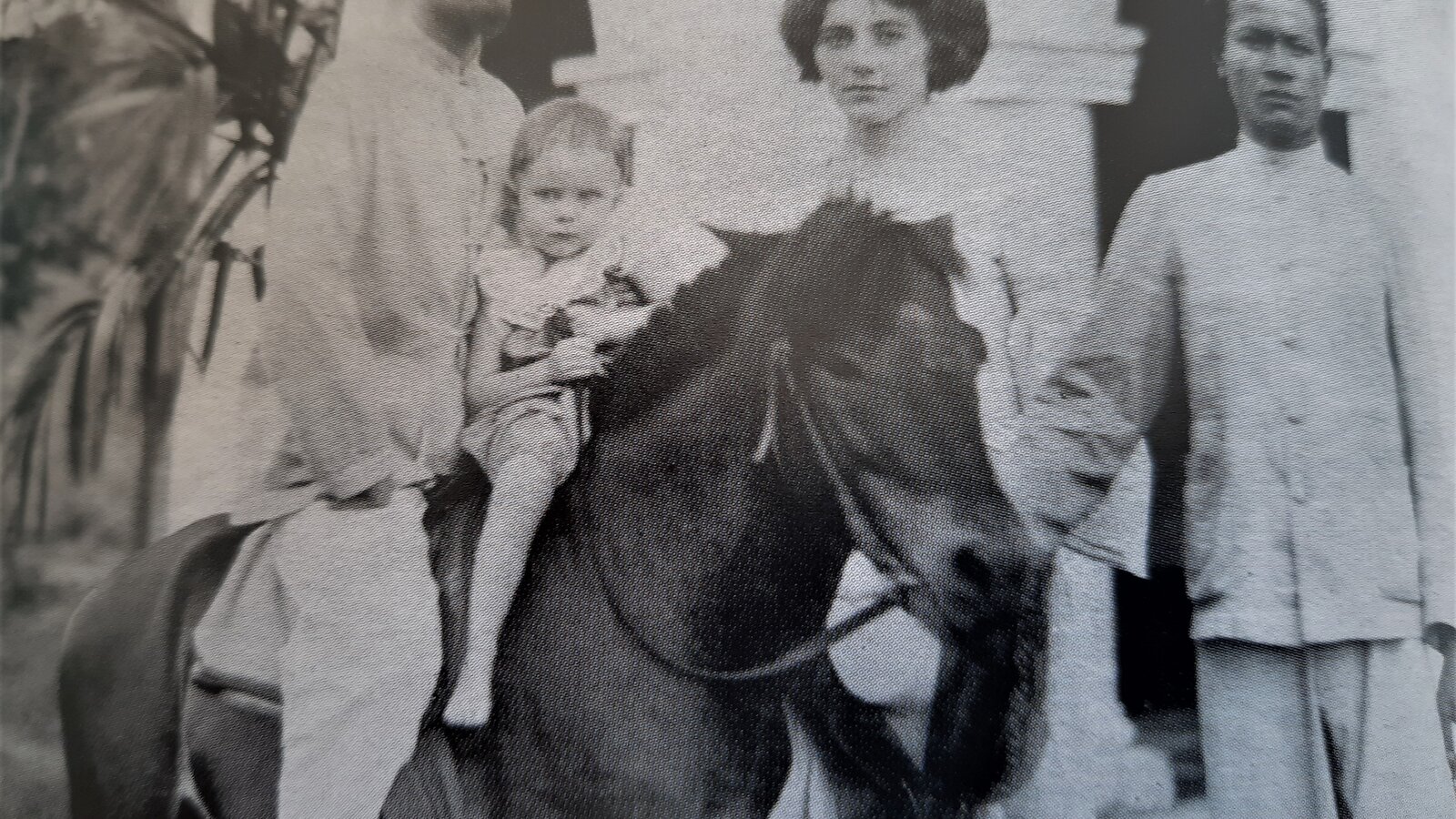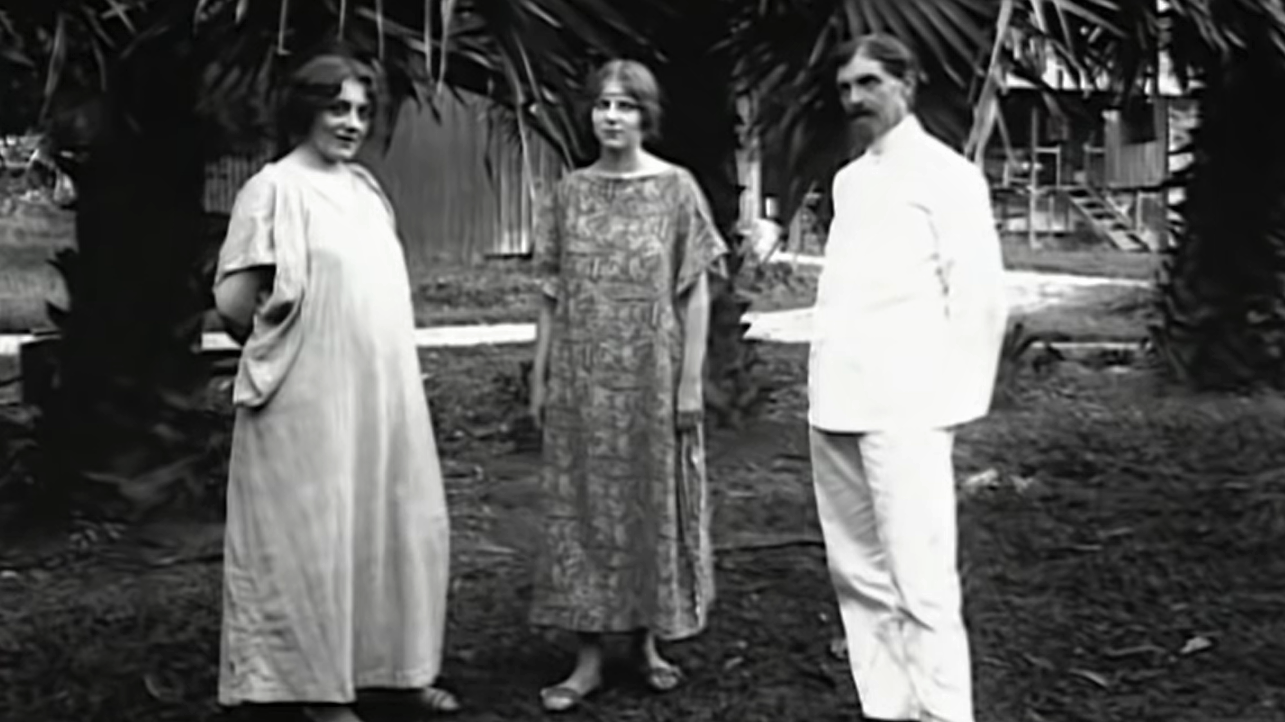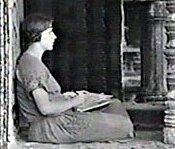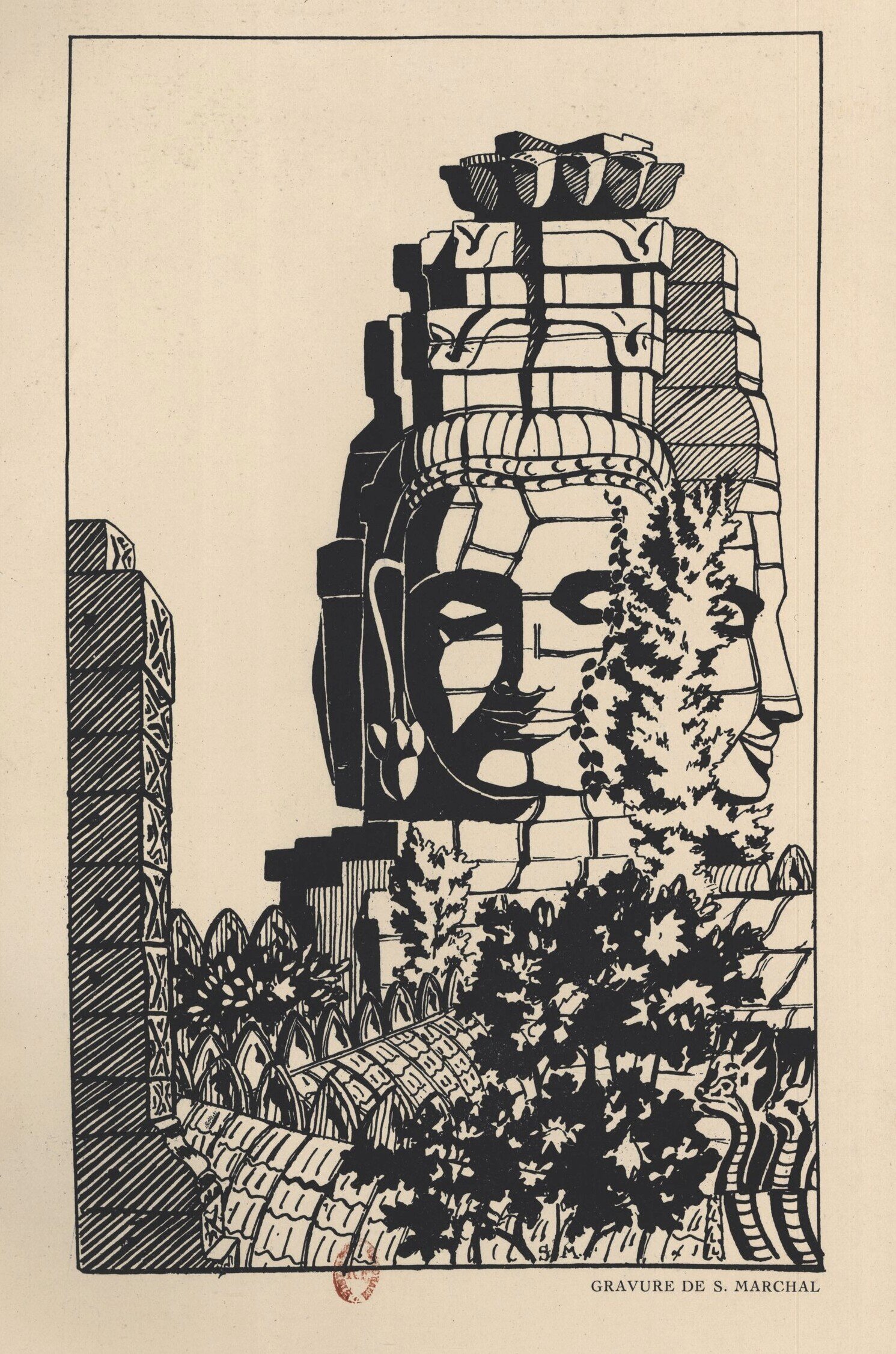Sappho Marchal
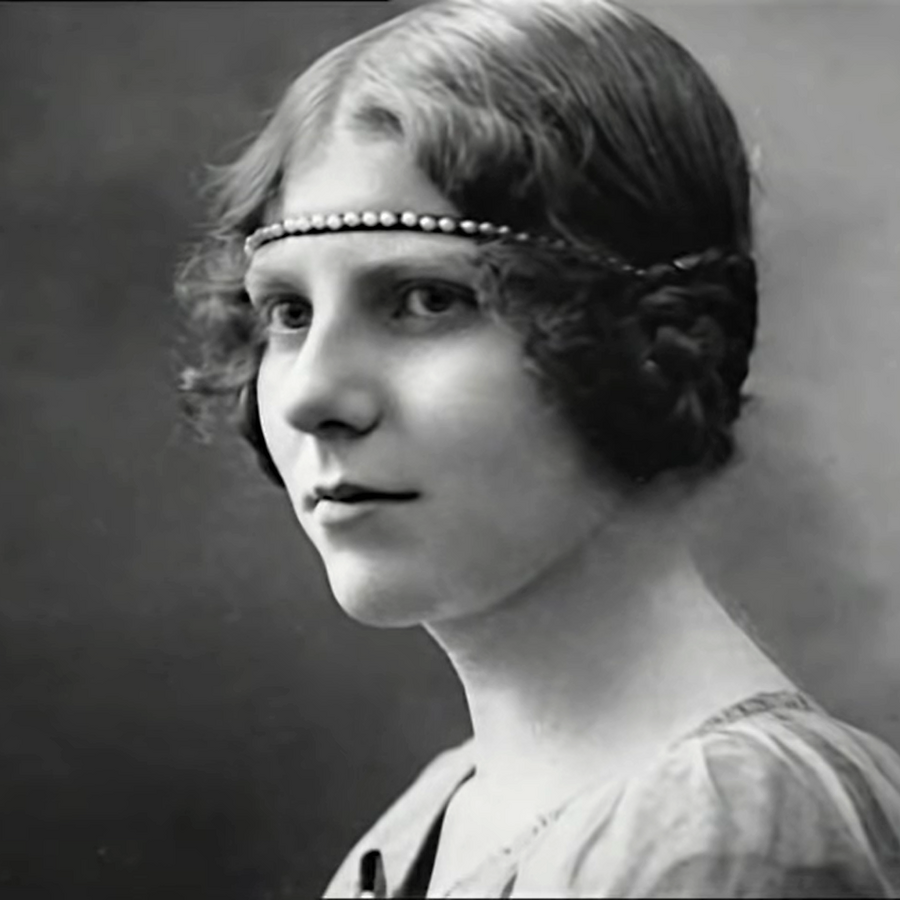
Author and artist Sappho Marchal-Brébion (1904, Paris — 2000), the daughter of French archeologist and Angkor Wat Conservator Henri Marchal, was the first researcher to study, document in drawings and count the numerous female stone figures in Angkor Wat.
Sappho (sometimes spelled Sapho) Marchal came to Cambodia as a toddler, in 1905. She grew up in Siem Reap and on the archeological sites her father — named Angkor Conservator in 1916- supevervised. As a young artist, she illustrated many scientific articles published by Henri Marchal.
While capturing with her pen the slightest details of costumes and ornaments worn by devatas and apsaras around the Khmer temple complex, Sappho Marchal inventoried 1,737 female sculptures and carvings in Angkor, not far from the account of 1,796 established by Kent Davis seventy years later (probably because the young artist did not have access to the upper levels of the Angkorian towers).
At only 23 years of age, Sappho Marchal published a sum of her drawings and observations in Costumes et Parures khmèrs d’après les Devatâ d’Angkor-Vat (Paris, 1926, re-published in 1931). She also authored a collection of illustrations on Khmer traditional choreography for Samdech Thiounn’s book, Danses cambodgiennes (Editions d’Extreme Asie, Saigon, 1927). Both books, along with George Groslier’s own work, inspired Queen Kossamak of Cambodia when the Queen gave a new stimulus to the Royal Ballet traditions with the “Apsara Dance”.
Sappho Marchal with her parents, Henri and Mary, 1) circa 1907, 2) in 1920 [source: EFEO, in Henri Marchal: un architecte à Angkor, EFEO/Magellan, 2020]
On April 7, 1927, Sappho Marchal gave a lecture for the Revue des Arts Asiatiques members in Paris, La Danse au Cambodge, with a ‘démonstation choréographique’ by Nyota lnyoka [the Japanese founder of a ‘exotic dance school’ to which contributed Suzanne Meyer, daughter of Royal Ballet dancer Saramani and author Roland Meyer under the artist name Saramani] and film screenings. The Revue was to report (vol 4−2,1927, p 130) : “Devant la salle pleine, d’une voix tranquille, douce, et dont pas une syllabe n’était perdue, Mlle Marchal essaya de communiquer a son auditoire l’admiration et l’affection qu’elle éprouve pour Ies petites danseuses cambodgiennes et l’enthousiasme que lui inspire leurs danses. Nous regrettons de né pouvoir donner aujourd’hui le texte de cette conférence nourrie d’une très riche documentation, mais Mlle Marchal est repartie pour Angkor, et elle a emporte son manuscrit.” [In front of a full hall, in a quiet, gentle voice, not a syllable of which was lost, Miss Marchal tried to communicate to her audience the admiration and affection she feels for the little Cambodian dancers and the enthousiasm inspired by their dances. We regret not being able to give here the text of this conference, nurtured by a very rich documentation, but Miss Marchal has gone back to Angkor, and she has taken her manuscript with her.]
We know that she moved to France in 1928, and that her parents stayed with her there during the Second World War, from 1938. She was then known as S. Brébion-Marchal, possibly after marrying the son of journalist-researcher Antoine Brébion (1857−1917), author of a “Bibliographie des voyages dans l’Indochine francaise du IX au XIX eme siecle”. In the 1960s, Sappho came back to Cambodia in two occasions to pay visits to his father Henri Marchal, who had retired in his Khmer traditional house with his Cambodian companion, Neang Niv, near Wat Phu, Siem Reap.
1) Drawing in Angkor in the 1920s [source: devata.org]. 2) An etching by Sappho Marchal, 1924 [source: Les Pages Indochinoises, 15 April 1924, frontispiece].

